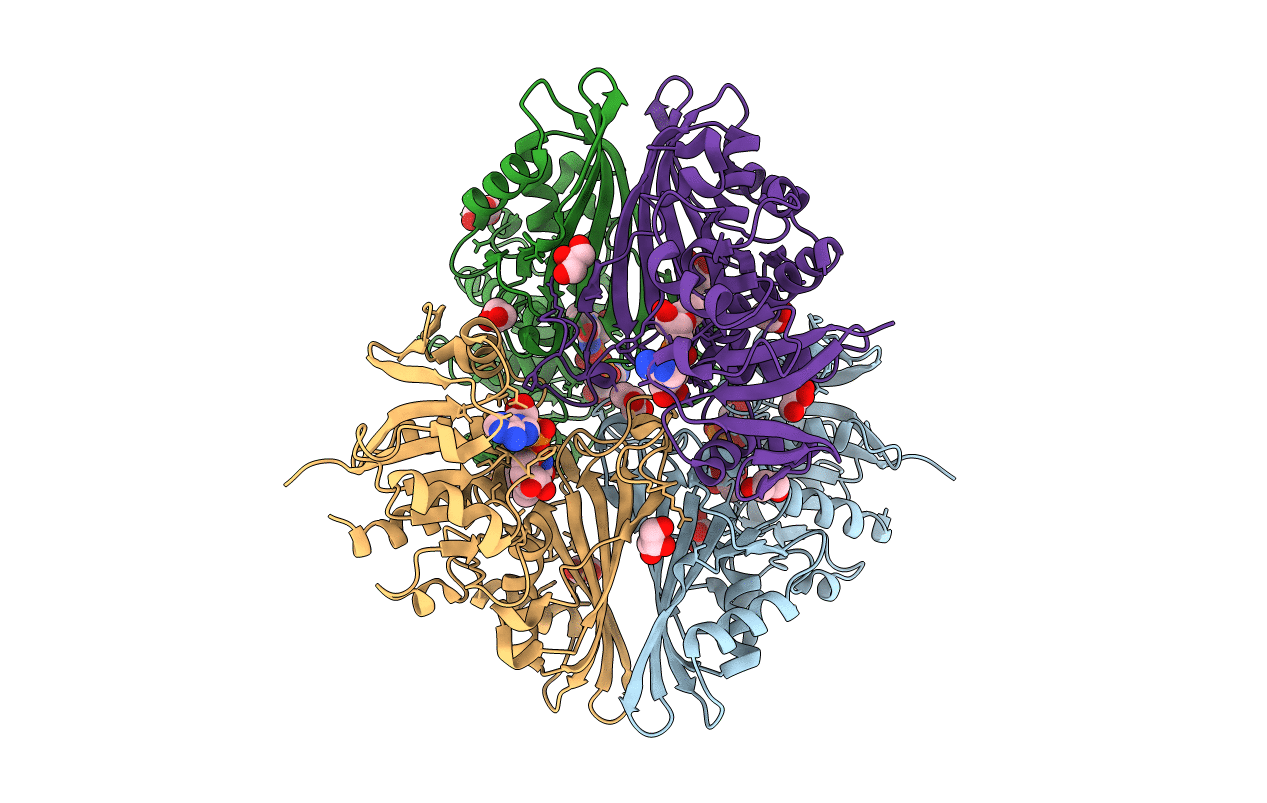
Deposition Date
2016-06-23
Release Date
2017-07-12
Last Version Date
2024-05-08
Entry Detail
PDB ID:
5LD5
Keywords:
Title:
Crystal structure of a bacterial dehydrogenase at 2.19 Angstroms resolution
Biological Source:
Source Organism:
Atopobium vaginae (Taxon ID: 525256)
Host Organism:
Method Details:
Experimental Method:
Resolution:
2.19 Å
R-Value Free:
0.22
R-Value Work:
0.17
R-Value Observed:
0.17
Space Group:
P 1 21 1


